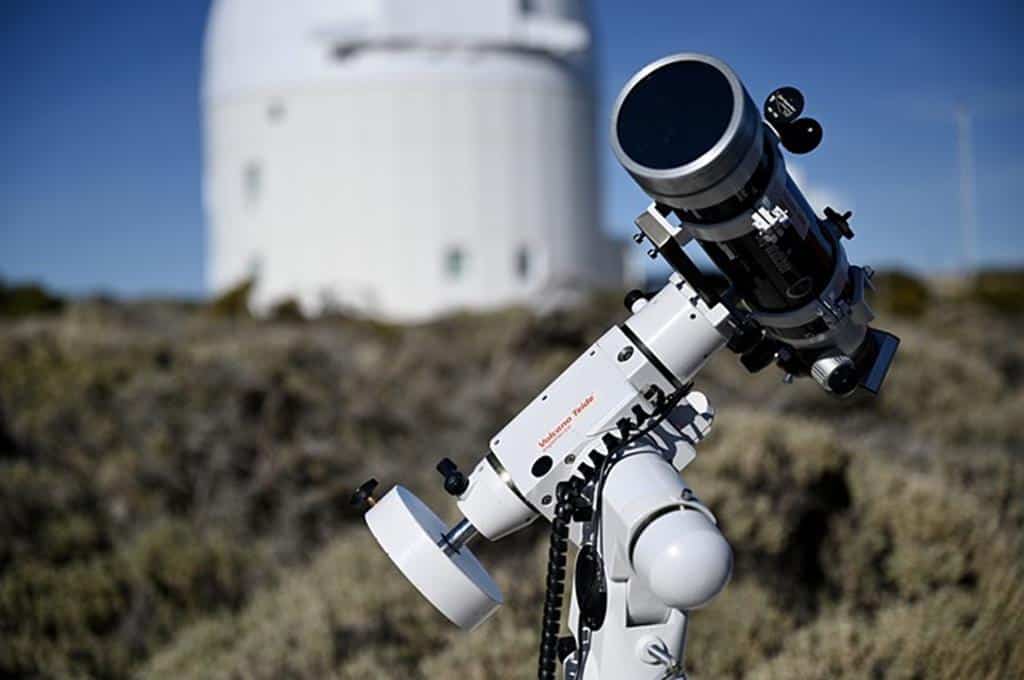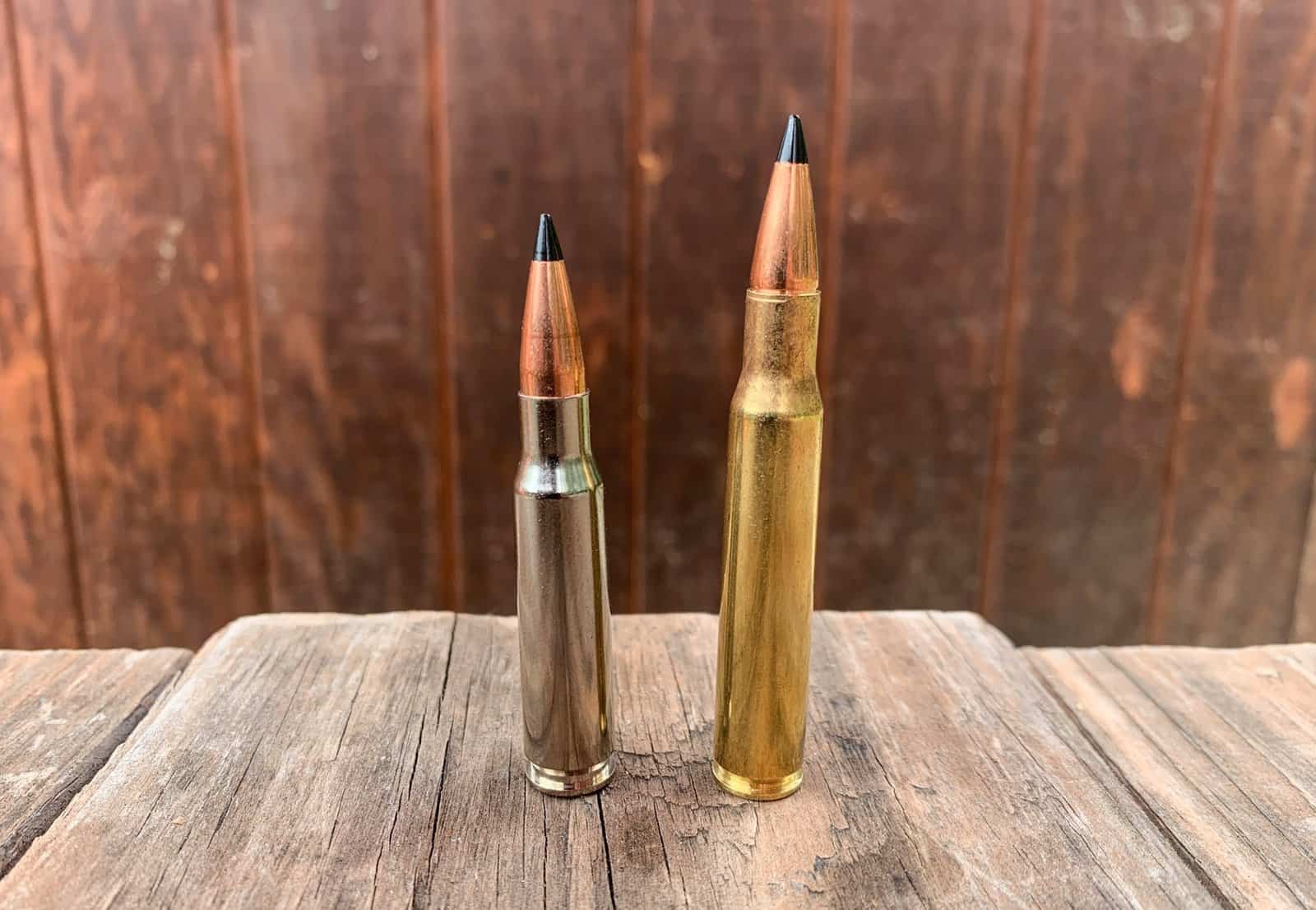Have you ever wondered if you can use a DSLR underwater? Well, you’re in the right place! Whether you’re an aspiring photographer or a curious adventurer, this article will shed light on the exciting world of underwater photography with DSLR cameras.
If you’ve ever dipped your toes into the vast ocean or explored the mesmerizing depths of a lake, you’ve probably been captivated by the stunning aquatic scenery. Imagine being able to capture those magical moments and preserve them forever through the lens of a DSLR camera.
But here’s the burning question: Can I use a DSLR underwater? In this article, we’ll dive into the possibilities of using a DSLR camera beneath the waves, explore the challenges you may encounter, and discover some tips and tricks to make your underwater photography dreams a reality. So, let’s get started and unleash your inner underwater photographer!
So, Can You Use DSLR Underwater? Here is the short answer:

Can I Use DSLR Underwater? Exploring Underwater Photography with a DSLR
Underwater photography is a fascinating and captivating art form that allows you to capture the beauty of the underwater world. Many photography enthusiasts wonder if they can use their DSLR cameras underwater to take stunning underwater shots. In this article, we will delve into the possibilities and challenges of using a DSLR underwater. We’ll discuss the equipment needed, the benefits of using a DSLR, and provide some useful tips to help you get started with underwater photography.
Benefits of Using a DSLR for Underwater Photography
Using a DSLR camera for underwater photography offers several advantages over other types of cameras. Firstly, DSLRs provide exceptional image quality due to their large sensors and interchangeable lenses. This allows you to capture sharp and detailed images, even in challenging underwater conditions. Additionally, DSLRs offer more manual control options, allowing you to adjust settings such as aperture, shutter speed, and ISO to achieve the desired exposure and creative effects.
Another significant advantage of using a DSLR underwater is the ability to use specialized underwater housings. These housings are designed to protect the camera from water damage while providing full access to camera controls. With the right housing, you can take your DSLR to greater depths and explore the underwater world with confidence. Furthermore, the use of interchangeable lenses gives you the flexibility to capture a wide range of underwater subjects, from macro to wide-angle shots.
The Importance of a Waterproof Housing
One of the key elements of using a DSLR underwater is a reliable waterproof housing. A housing is a protective case that encloses the camera and allows you to operate its controls while keeping it safe from water damage. When choosing a housing, it is crucial to ensure compatibility with your specific DSLR model. The housing should provide a secure seal and be rated for the depth you plan to dive.
There are two main types of housings: dedicated housings, which are custom-made for specific camera models, and universal housings that are designed to fit a range of DSLR models. Dedicated housings offer a more precise fit and better ergonomics, but they can be more expensive. Universals housings, on the other hand, are more affordable and offer versatility if you have multiple camera bodies.
An important consideration when choosing a housing is the presence of ports for different lenses. These ports allow you to attach and use different lenses with your DSLR underwater. It is best to opt for a housing that has interchangeable ports to accommodate a variety of lenses, giving you the flexibility to capture different types of shots.
Dealing with Challenges: Lighting and White Balance
Underwater photography presents unique challenges, particularly when it comes to lighting and white balance. When shooting underwater, the natural light diminishes as you descend, resulting in a bluish cast in your images. To compensate for this, it is essential to use artificial lighting. Strobes or underwater flashes are commonly used to provide a burst of light, illuminating the subject and restoring accurate colors.
When using a DSLR underwater, it is crucial to adjust the camera’s white balance settings to capture accurate and vibrant colors. Different depths and water conditions require different white balance settings to achieve the best results. Many DSLRs offer custom white balance settings that allow you to manually adjust the color temperature based on the conditions you are shooting in.
In conclusion, using a DSLR for underwater photography offers numerous benefits, including superior image quality and manual control. However, it is essential to invest in a reliable waterproof housing and understand the challenges posed by underwater lighting and white balance. With the right equipment and knowledge, you can capture stunning underwater shots and unlock the beauty of the underwater world through your DSLR camera.
Popular DSLR Models for Underwater Photography
Canon EOS 5D Mark IV
The Canon EOS 5D Mark IV is a popular choice among underwater photographers due to its excellent image quality and robust build. It features a full-frame sensor, allowing for exceptional low-light performance and high-resolution images. The 61-point autofocus system ensures fast and accurate focusing, making it ideal for capturing fast-moving underwater subjects. With its wide range of compatible lenses and a variety of underwater housing options, the Canon EOS 5D Mark IV is a versatile choice for underwater enthusiasts.
Nikon D850
The Nikon D850 is another highly regarded DSLR for underwater photography. It boasts a 45.7-megapixel sensor, delivering stunningly detailed images. The camera’s autofocus system is fast and reliable, ensuring sharp focus even in challenging underwater conditions. The Nikon D850 also offers impressive dynamic range, allowing you to capture the full range of tones in your underwater scenes. With a robust build quality and compatibility with various lenses and housings, the Nikon D850 is a top choice for underwater photographers.
Sony Alpha A7R III
The Sony Alpha A7R III is a mirrorless camera that has gained popularity among underwater photographers for its exceptional image quality and compact size. It features a 42.4-megapixel full-frame sensor, allowing for incredible detail and dynamic range. The camera’s autofocus system is highly advanced and offers excellent tracking, making it ideal for capturing underwater subjects in motion. With its small form factor and a wide selection of lenses, the Sony Alpha A7R III offers a portable and versatile option for underwater photographers.
Key Takeaways: Can I use DSLR underwater?
- 1. DSLRs are not designed to be used underwater by default.
- 2. You can use DSLRs underwater with the help of waterproof housings.
- 3. Waterproof housings protect the DSLR from water damage while allowing you to capture photos and videos underwater.
- 4. It is important to check the depth rating and compatibility of the housing with your DSLR model.
- 5. Underwater photography requires additional skills and knowledge, such as proper lighting and composition techniques.
Frequently Asked Questions
Thinking about using your DSLR camera underwater? Here are the answers to some common questions that will help you navigate the depths and capture stunning underwater shots!
What equipment do I need to use my DSLR underwater?
Using a DSLR underwater requires the right equipment to ensure the safety of your camera and the quality of your photos. You will need an underwater housing specifically designed for your DSLR model. This housing provides protection from water, pressure, and potential damage. Additionally, you may need strobes or underwater lights to compensate for the lack of natural light underwater and enhance the colors in your photos. It’s also recommended to invest in a good quality lens that suits underwater photography conditions.
Lastly, consider using a buoyancy control device such as a buoyancy arm, to help you steady your camera and maintain control while shooting underwater.
Can I use any DSLR underwater, or are some models better suited?
While many DSLR models can be used underwater, some are more suitable than others. Generally, DSLRs with higher build quality and weather sealing are preferred for underwater use. These cameras are better equipped to handle the demands of underwater conditions, such as water pressure and moisture. Look for DSLRs that are specifically labeled as “waterproof” or “water-resistant.” Additionally, DSLRs with a larger range of compatible underwater housings and accessories are more versatile for different diving and photography needs.
Always check the specifications and guidelines from the manufacturer to ensure that your DSLR is compatible with underwater use and that you are using the appropriate equipment for your specific camera model.
Do I need special training or certification to use my DSLR underwater?
While not mandatory, it is highly recommended to undergo special training or certification if you plan to use your DSLR underwater. Underwater photography comes with its own unique challenges and risks, such as buoyancy control, diving techniques, and understanding underwater conditions. Specialized courses or certifications can provide you with the necessary skills and knowledge to capture breathtaking underwater shots safely and responsibly.
Additionally, it’s important to familiarize yourself with the basic principles of scuba diving or snorkeling if you plan to operate your DSLR underwater while diving. Safety should always be a top priority when combining underwater exploration with photography.
What are some basic tips for using a DSLR underwater?
When using a DSLR underwater, pay attention to your buoyancy and positioning to ensure stable shots. Maintain proper distance from marine life and avoid touching any underwater creatures or sensitive coral reefs. Utilize the natural light available by positioning yourself correctly and experimenting with the camera’s settings. It’s also important to regularly inspect and maintain your gear to prevent any leaks or damage. Finally, learn how to post-process your underwater photos to make them stand out even more.
Remember to respect the environment you are documenting and adhere to local regulations and guidelines to protect the underwater ecosystem.
Are there any limitations or risks to consider when using a DSLR underwater?
Using a DSLR underwater does come with certain limitations and risks. Firstly, the water can affect the color and clarity of your photos, so post-processing is often necessary to achieve the desired results. There is also a learning curve associated with underwater photography, so it may take some time to master the techniques and settings required for optimal results.
Additionally, underwater photography can put extra strain on your camera’s battery and memory card, so it’s important to have backups and extra power sources available. Lastly, be aware of the depths and conditions you are diving in, as water pressure and temperatures can impact both your camera and your own safety.

Get Epic Water Shots (Affordably)
Summary
Using a DSLR underwater can be a fun and exciting way to capture amazing photographs. However, it requires special equipment and precautions. You need an underwater housing to protect your camera from water damage, and you should also consider investing in underwater strobes for better lighting. It’s important to remember that using a DSLR underwater requires practice and knowledge of underwater photography techniques. With the right equipment and skills, you can take stunning underwater photos that will make you feel like a pro!
But before you dive in, make sure to do your research and choose a camera that is suitable for underwater use. Look for waterproof or water-resistant models that are specifically designed for this purpose. And always remember, safety is the most important thing when it comes to underwater photography. Keep these tips in mind, and you’ll be well on your way to capturing beautiful underwater memories. Happy shooting!



